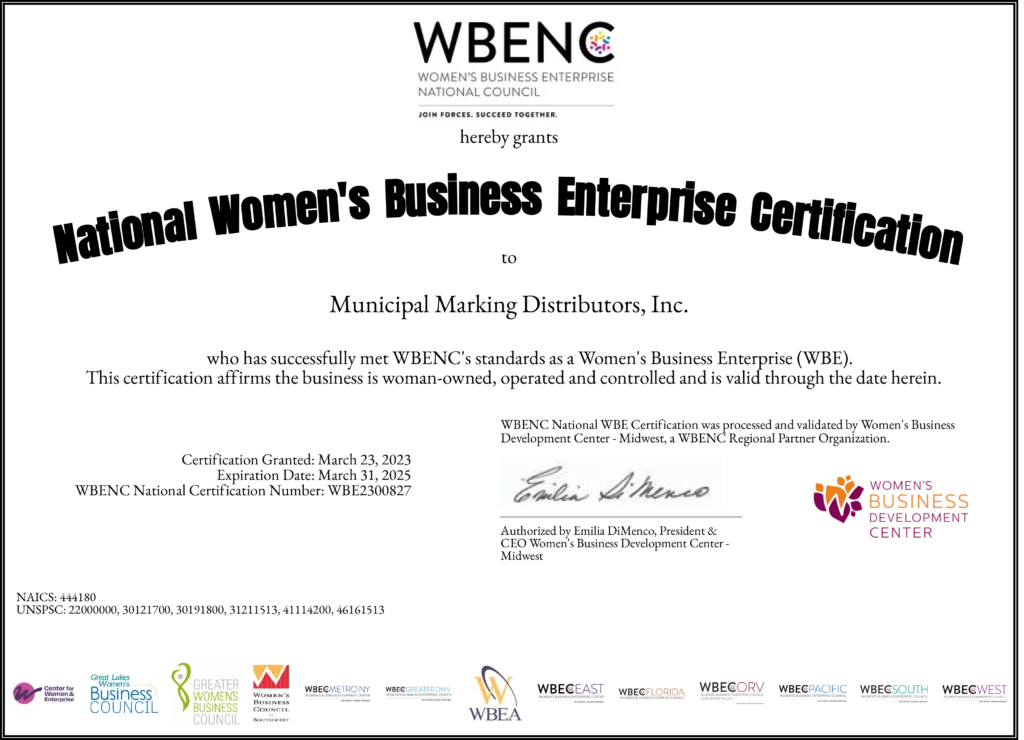
Construction stakes don’t always get the spotlight, but make no mistake—they’re the unsung heroes of job site precision. Whether you’re marking off a foundation, keeping erosion control in check, or making sure your project doesn’t turn into a chaotic guessing game, picking the right stakes can save time, money, and a whole lot of frustration.
So, how do you choose the best ones? Let’s break it down.
Not all construction stakes are created equal. Choosing the wrong type can turn a straightforward job into a frustrating mess—like trying to cut a 2×4 with a butter knife. Here’s why hardwood stakes are the go-to choice for durability, ease of use, and reliability.
Hardwood Stakes: The Gold Standard
Durable, cost-effective, and built to handle tough job sites, hardwood stakes (like oak and poplar) won’t warp, crack, or snap under pressure. They drive easily into the ground, hold markings well, and stand up to the elements far better than softwood alternatives.
Why Not Metal or Composite?
While some job sites use metal or composite stakes, they come with trade-offs—metal stakes need specialized tools to drive in, and composites often lack the rigidity for stable placement. Hardwood hits the sweet spot of strength, cost, and ease of use.
TL;DR? If you want a stake that’s tough, reliable, and made for real-world job sites, hardwood is the way to go.
Size matters—especially when it comes to construction stakes. Choose the wrong one, and you’ll be redoing layouts faster than you can say “Why is this off by two inches?”
Short stakes (12”-24”) are best for quick, temporary markers. Longer stakes (36”-60”) are ideal for projects where you need deep anchoring and visibility.
A construction stake is only as good as how it’s used. Avoid these common mistakes:
✔️ Drive it deep enough—but not so deep it splits in half. (Pro tip: A sledgehammer helps.)
✔️ Make it visible—add marking paint or flagging tape so no one “accidentally” runs over it.
✔️ Consider soil conditions—soft soil? Go longer. Rocky ground? Use reinforced or pointed stakes for easier driving.
Cheap, flimsy stakes might seem like a bargain—until they break, shift, or disappear overnight. High-quality hardwood stakes keep your project accurate, stable, and on track.
MMD offers durable oak and poplar stakes in multiple sizes, ready to handle whatever your job site throws at them. Need recommendations? We’ve got you. Request free samples or a custom quote today—because the right stakes make all the difference.
RECEIVE 10% OFF
When you sign up for our newsletter
